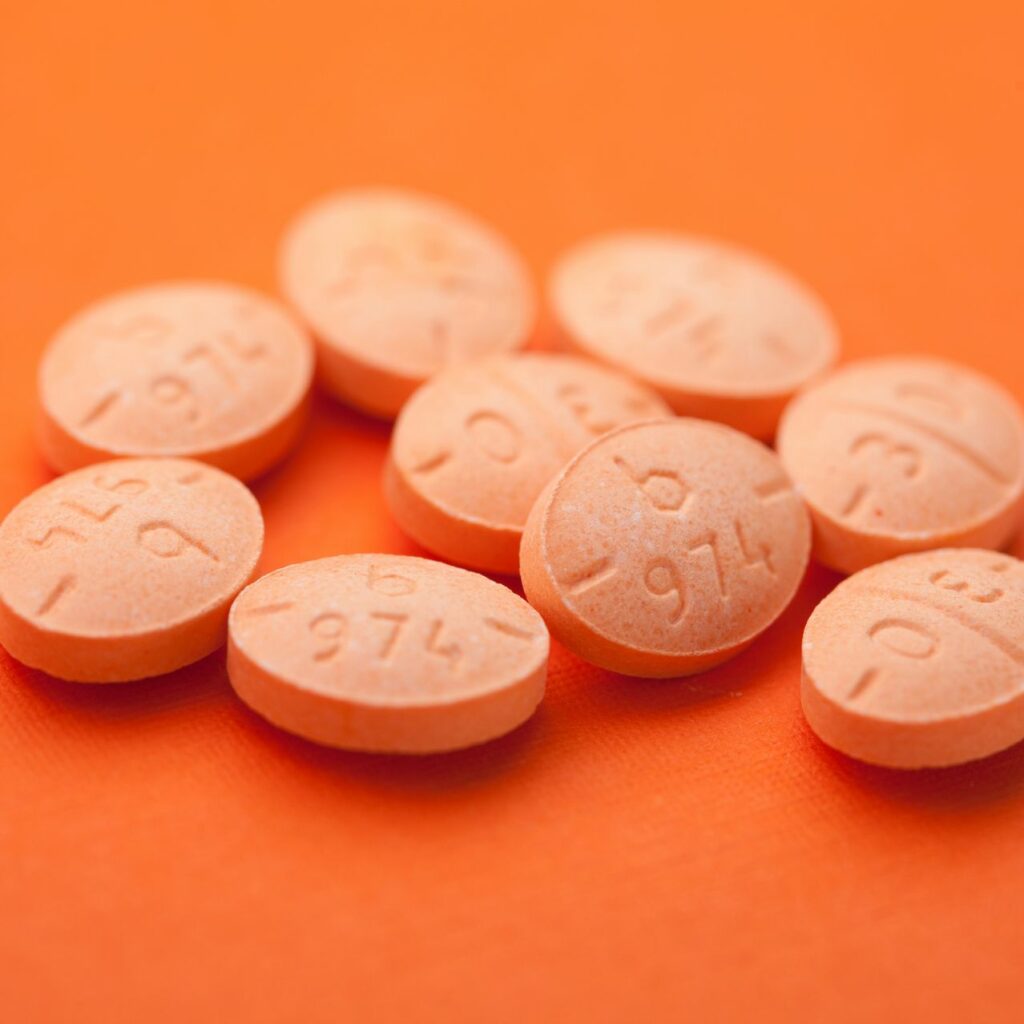- (592)226-0431


Adderall is a pharmaceutical agent classified as an amphetamine that is prescribed for the management of attention deficit hyperactivity disorder (ADHD) and narcolepsy. The composition of Adderall consists of a blend of amphetamine and dextroamphetamine. Adderall has the potential to induce addiction, making it a substance that can be misused.

More and more young people are being drawn towards ‘cooler’ and more fashionable’ drugs. Popularly known as ice, meth, speed, ecstasy, and W, these drugs are psychostimulants that are also classified as amphetamine-type stimulants (ATS). They can be taken as pills or powder and are typically ingested, snorted, smoked, or occasionally even injected.

Illicit use of amphetamine-type drugs
WHAT ARE AMPHETAMINES?Amphetamines are stimulants that speed up the body’s processes. They are legally prescribed to treat attention-deficit hyperactivity disorder (ADHD). However, there has been a rise in the misuse of illicitly manufactured amphetamines over the years. This has led to an increase in amphetamine addiction and an expansion of clandestine laboratories producing the substance.
What is their origin?
Amphetamines were first marketed in the 1930s as benzedrine in an over-the-counter inhaler to treat nasal congestion. By 1937, amphetamines were available by prescription in tablet form and were used in the treatment of the sleeping disorders narcolepsy and ADHD.
Over the years, the use and abuse of clandestinely produced amphetamines have spread. Today,clandestine laboratory production of amphetamines has mushroomed, and the abuse of the drug has increased dramatically.
What are common street names?Common street names include:
WHAT DO THEY LOOK LIKE?
Amphetamines can look like pills or powder. Common prescription amphetamines include amphetamine and dextroamphetamine (Adderall®), dextroamphetamine (Dexedrine), lisdexamphetamine (VyvanseTM), and methamphetamine (Desoxyn).
HOW ARE THEY ABUSED?Amphetamines are generally taken orally or injected. However, the addition of “ice,” the slang name of crystallised methamphetamine hydrochloride, has promoted smoking as another mode of administration. Just as “crack” is smokable cocaine, “ice” is smokable methamphetamine.
What is their effect on the mind?
The effects of amphetamines are similar to those of cocaine, but they take longer to start and last longer. Unlike cocaine, which is quickly removed from the brain and mostly broken down by the body, methamphetamine stays in the central nervous system for a longer time, with a larger amount of the substance remaining unchanged in the body, leading to longer-lasting stimulant effects. Chronic abuse can lead to psychosis similar to schizophrenia, characterized by paranoia, obsessive thoughts, auditory and visual hallucinations, and skin picking. Chronic amphetamine users often show violent and unpredictable behaviour.
WHAT IS THEIR EFFECT ON THE BODY?
The physical effects of amphetamine use include:
WHAT ARE THEIR OVERDOSE EFFECTS?
Overdose effects include:
WHAT IS THEIR LEGAL STATUS IN GUYANA?
Chapter 10:10 of the Narcotics and Psychotropic Substances (Control) Act classifies amphetamine as a Schedule II drug. Psychotropic substances are typically listed in Schedule II. “Psychotropic substance” refers to any drug listed in the Second Schedule or any product containing a drug listed in that Schedule.